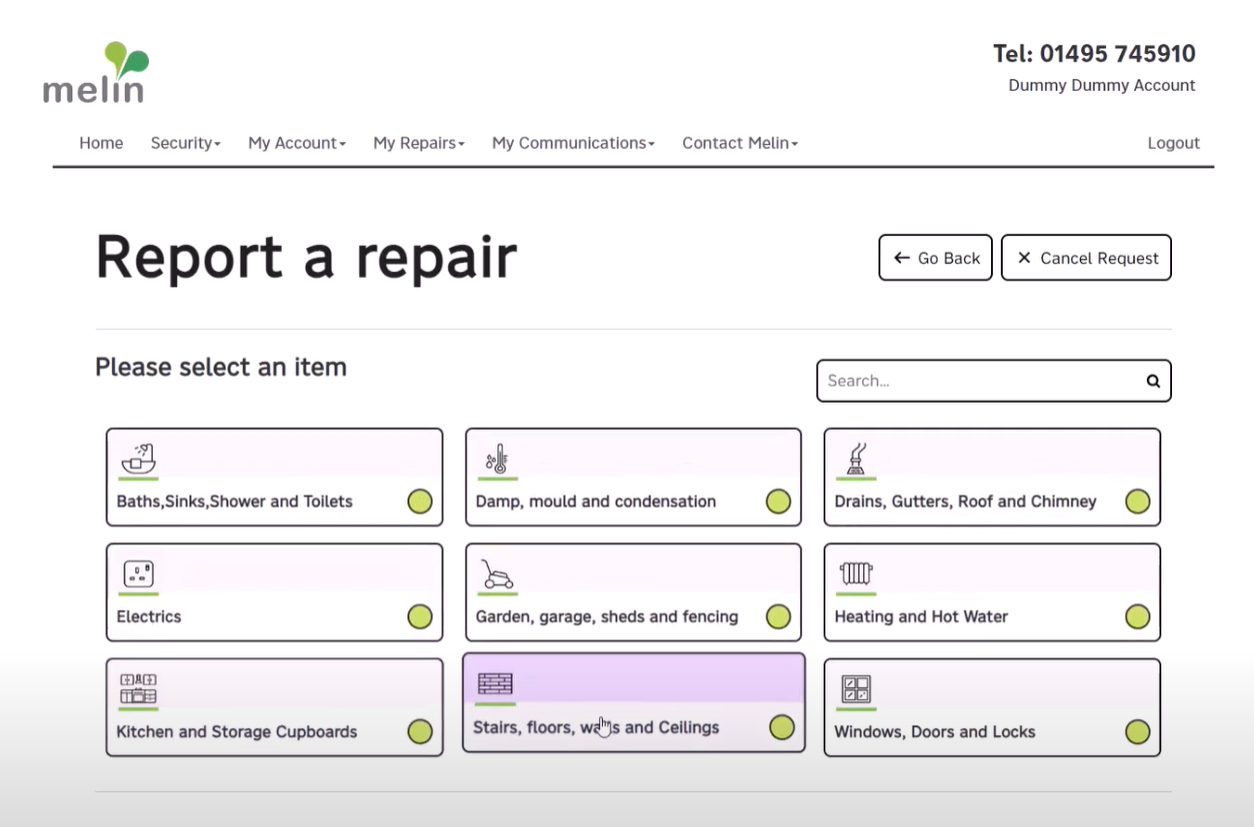
24 March, 2021
Making your mark with markers!
Making your mark with markers!
Chances are that anyone working in or managing a contact centre, will be accustomed to performance management and reporting.
You may have read our recent blog, Customer Service Centre KPIs, do they work for you?
With Keyfax reporting, you can report on:
- number of enquiries or repairs logged;
- priorities;
- schedule of rates;
- tasks;
- emails;
- messages;
- usage by user;
- and much more.
Lay down your marker!
Standard reporting is great but sometimes you may need more.
How many times has a process been changed or created with no reporting in place to monitor it? Well, now you can monitor it with Keyfax markers!
What is a marker?
We’re not talking felt-tip pens here – markers are like a cookie. Not the edible type!
When you access the internet, a small cookie stores what websites and pages you visited. Markers are the same. They can be added anywhere to a Keyfax diagnostic script. When a script is submitted, a record is stored against the marker and this is then available in the reporting.
What can I use a marker for?
Great question! Anything you want. The options are limitless.
Here’s a few examples of what some customers have done:
1) Repair priorities
As the saying goes – “Time is money” and in the world of property repairs, this is a key performance indicator. In our experience, the percentage split between routine and emergency repairs is somewhere between 80/20 and 90/10. The priority of a repair can be changed on the submission page…..…but there is another way.
Using “intelligent scripting” the priority can be edited in the script and markers can record the original priority, what it was changed to, who changed it and who authorised the change!
2) New lets
How many times has a tenant moved into their new home, only to report several housing repairs within the first few weeks? By using a marker and databoxes, you can record repairs logged within 7, 14 or 28 days of a new let. This can help drive improvements to your letting process and contractor performance.
3) Permissions
One Keyfax customer recently changed their permissions process with a view to resolving more enquiries at the first point of contact. Markers were used to record whether permission was granted, denied or information provided. By using markers, the customer was able to calculate the volume of enquiries received and the percentage of each outcome.
4) Right first time
Avoidable contact, or right first time, is reporting 101. But you’ll be surprised how often this can be overlooked when a process is changed. Following a process change, one Keyfax customer needed to record the volume of calls that were being transferred or resolved by the contact centre. So, they created Markers and added them to the appropriate step of the script, and voila! Reporting was in place.
One step beyond – Magic markers
Markers can also be used in conjunction with Keyfax message boxes to display a one-off message. Why would you want to do this? Well, a good use of this is to prompt a user that a script has changed. If the marker has a no record against it, it will display the message. Once the diagnostic script results have been submitted and a record stored, the script knows not to display the message again! This is great if you want to ensure users are told of any script changes.
Summary
As you can see, the use of markers can add real value to your service and support improvements.
If you would like to learn more please get in touch.







